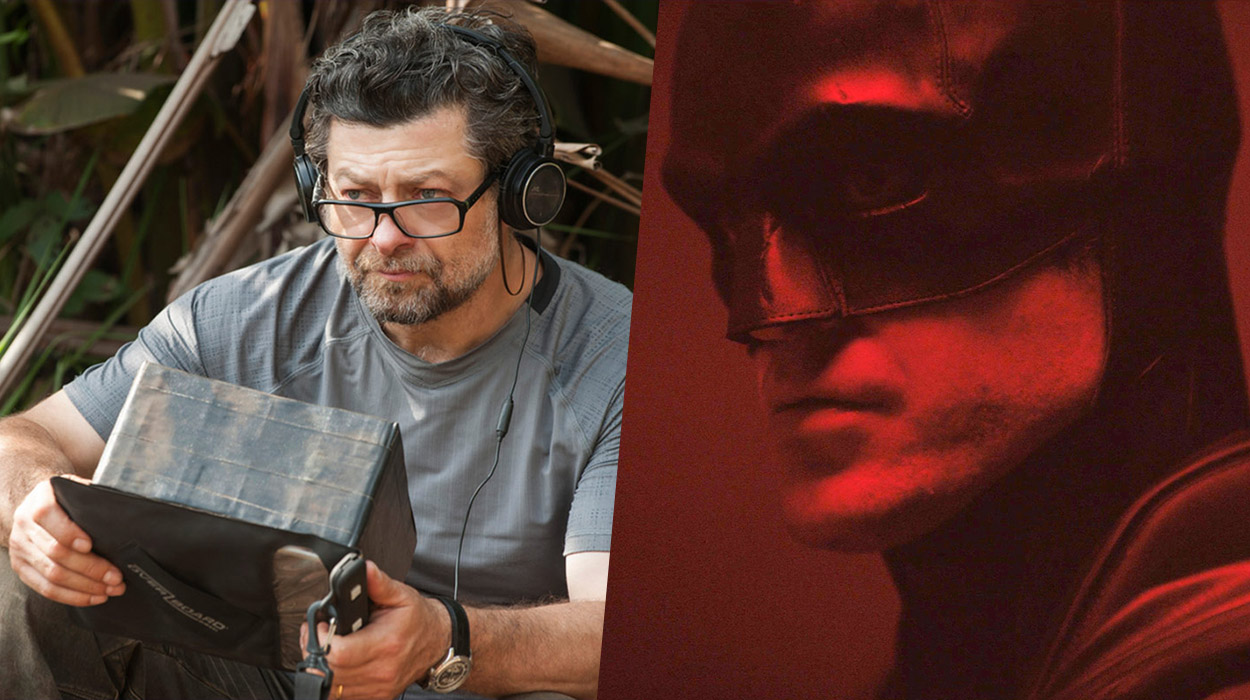If there’s one thing Batman has been associated with the past couple of decades is darkness. Somehow Matt Reeves has apparently managed to make “The Batman” darker than previous incarnations, at least according to the newest Alfred, Andy Serkis.
Though initially a vigilante who wasn’t above killing criminals, the ’50s and ’60s turned Batman into a bright and humorous crime-fighter, mostly thanks to the live-action TV show starring Adam West. But since the ’70s, the character has mostly been known as a dark and brooding figure that is haunted by personal trauma, seldom smiling, but always ready to bring the fight to the most deranged of villains. The live-action films have mostly followed this description, with Christian Bale and Ben Affleck basically fighting over who could show the biggest frown on screen.
Speaking with LADbible, Serkis spoke of his role as Bruce Wayne’s butler Alfred Pennyworth in the latest Caped Crusader film, which shut down production due to the global pandemic. “I was literally half way through shooting my part in it when we got shut down,” Serkis said. When asked if “The Batman” will be “darker, broodier” than previous films, Serkis teased, “I would say that’s not far from the truth,” but also added that the DC film will have a new emotional center to the story, and Alfred is part of it.
“It’s very much about the emotional connection between Alfred and Bruce,” Serkis said. “That’s really at the centre of it. And it is a really exquisite script that Matt has written.” When it comes to Alfred, we’ve got very different versions of the character through the years, with Michael Caine and Michael Gough playing more into the butler and mentor elements of the character, while Jeremy Irons was a more active aspect of the Batman operation, acting as the “guy in the chair.” As for Serkis, the actor says he’s not trying to imitate his predecessors.
“He [Caine] was fantastic. His Alfred was legendary, I couldn’t even begin to go there, really,” Serkis said. “You find it for yourself. It’s like playing these iconic roles in Shakespeare, you go back, you revisit them and you have to make it your own, and see what it is about the character that connects with you and your personal venn diagram.”





